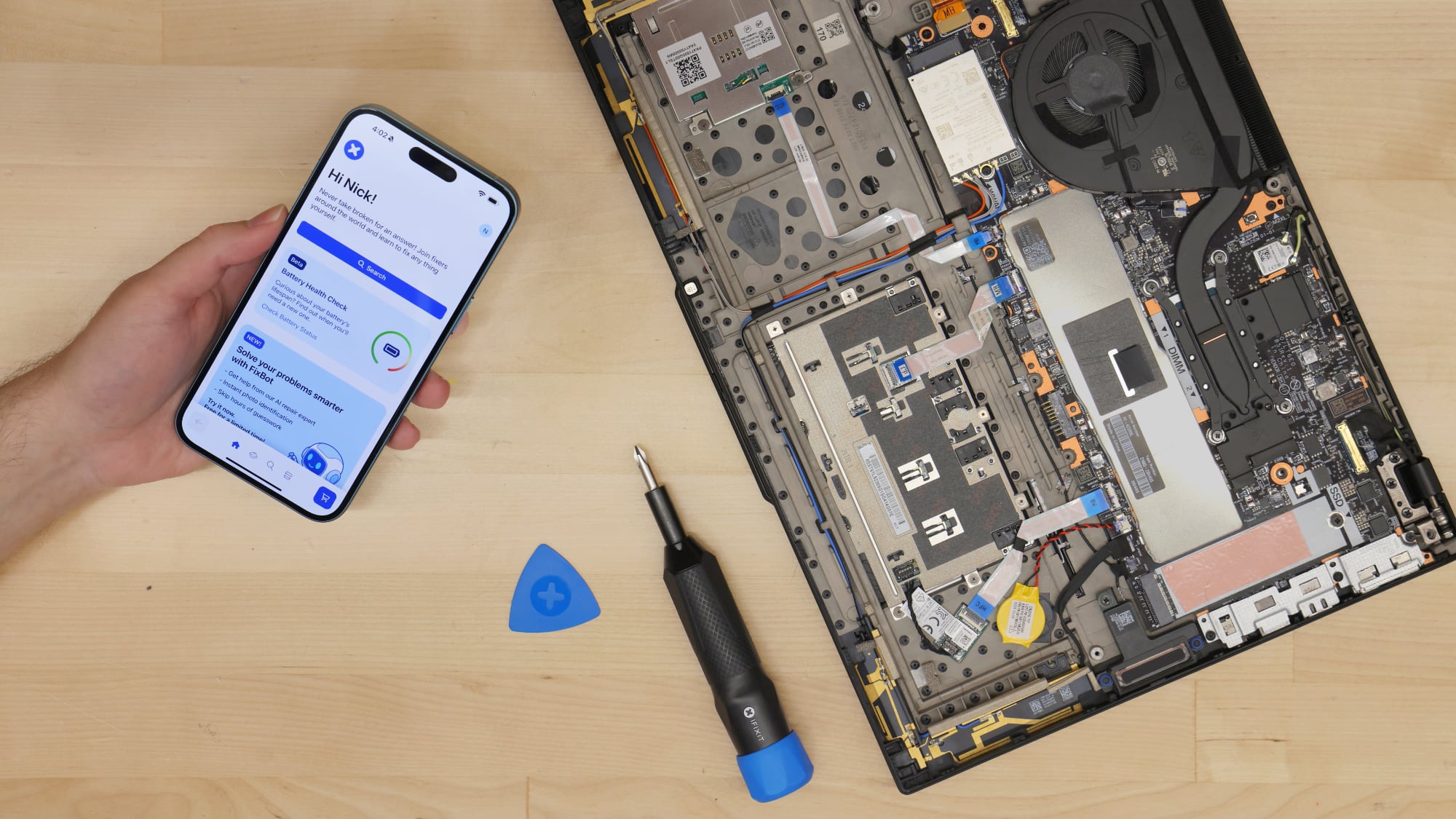As developers, we rarely settle for just seeing the finished product. Whether it’s a blockbuster movie or a powerful software application, we naturally want to know how it all comes together behind the scenes. We think beyond the user interface and final output — we want to understand the entire process, the components involved, and the magic that brings it to life.
When you deploy an app to SAP Business Technology Platform (BTP) using Cloud Foundry (CF), a lot happens after you run a simple command like:
cf push my-app
This blog post takes you on a journey through the backstage of your app deployment, revealing the key steps Cloud Foundry performs to transform your code into a live, running application in the cloud.
1. Upload and Package Your App
When you push your app, Cloud Foundry compresses all your application files into a package and uploads it to the Cloud Controller. This component manages the deployment process and stores metadata about your app.
2. Staging – Preparing Your App to Run
Cloud Foundry then creates a temporary Staging Container where your app is prepared to run. It selects a suitable Buildpack — a set of scripts tailored for your app’s language or framework (Node.js, Java, Python, etc.). The buildpack installs necessary runtimes and dependencies (like npm install for Node.js), and then creates a runnable image called a droplet.
3. Droplet Storage
Once the droplet is created, it is stored securely in the Blobstore, a central file storage system. The Cloud Controller updates its records with the new droplet information.
4. App Launch
Cloud Foundry then assigns a Diego Cell (a container host) to run your app. Diego downloads the droplet and runs it inside a secure Linux container (called a Garden container). It starts your app’s main process (for example, npm start or java -jar app.jar).
5. Routing – Making Your App Accessible
Your app is assigned a URL (like my-app.cfapps.eu10.hana.ondemand.com). The Router component listens for incoming requests on this URL and forwards them to your running container, so users can access your application from anywhere.
6. Logging and Monitoring
Logs generated by your app are streamed to Loggregator, which you can monitor in real-time using commands like:
cf logs my-app –recent
Cloud Foundry’s Health Manager continuously checks your app’s health, restarts it if it crashes, and scales it according to demand.
7. Ongoing Maintenance
Need to handle more users? Simply scale your app instances with:
cf scale my-app -i 3
Want to deploy updates? Just run cf push again to push a new version without downtime.
In Summary:
Behind that simple cf push command, Cloud Foundry orchestrates a complex but efficient process — from packaging your code, staging it, running it securely in containers, routing traffic, to monitoring and scaling your app seamlessly. This automation frees developers to focus on building great apps without worrying about infrastructure management.
Understanding this process helps you better design, troubleshoot, and optimize your applications on SAP BTP.
As developers, we rarely settle for just seeing the finished product. Whether it’s a blockbuster movie or a powerful software application, we naturally want to know how it all comes together behind the scenes. We think beyond the user interface and final output — we want to understand the entire process, the components involved, and the magic that brings it to life.When you deploy an app to SAP Business Technology Platform (BTP) using Cloud Foundry (CF), a lot happens after you run a simple command like:cf push my-appThis blog post takes you on a journey through the backstage of your app deployment, revealing the key steps Cloud Foundry performs to transform your code into a live, running application in the cloud.1. Upload and Package Your AppWhen you push your app, Cloud Foundry compresses all your application files into a package and uploads it to the Cloud Controller. This component manages the deployment process and stores metadata about your app.2. Staging – Preparing Your App to RunCloud Foundry then creates a temporary Staging Container where your app is prepared to run. It selects a suitable Buildpack — a set of scripts tailored for your app’s language or framework (Node.js, Java, Python, etc.). The buildpack installs necessary runtimes and dependencies (like npm install for Node.js), and then creates a runnable image called a droplet.3. Droplet StorageOnce the droplet is created, it is stored securely in the Blobstore, a central file storage system. The Cloud Controller updates its records with the new droplet information.4. App LaunchCloud Foundry then assigns a Diego Cell (a container host) to run your app. Diego downloads the droplet and runs it inside a secure Linux container (called a Garden container). It starts your app’s main process (for example, npm start or java -jar app.jar).5. Routing – Making Your App AccessibleYour app is assigned a URL (like my-app.cfapps.eu10.hana.ondemand.com). The Router component listens for incoming requests on this URL and forwards them to your running container, so users can access your application from anywhere.6. Logging and MonitoringLogs generated by your app are streamed to Loggregator, which you can monitor in real-time using commands like:cf logs my-app –recentCloud Foundry’s Health Manager continuously checks your app’s health, restarts it if it crashes, and scales it according to demand.7. Ongoing MaintenanceNeed to handle more users? Simply scale your app instances with:cf scale my-app -i 3Want to deploy updates? Just run cf push again to push a new version without downtime.In Summary:Behind that simple cf push command, Cloud Foundry orchestrates a complex but efficient process — from packaging your code, staging it, running it securely in containers, routing traffic, to monitoring and scaling your app seamlessly. This automation frees developers to focus on building great apps without worrying about infrastructure management.Understanding this process helps you better design, troubleshoot, and optimize your applications on SAP BTP. Read More Technology Blog Posts by Members articles
#SAP
#SAPTechnologyblog












